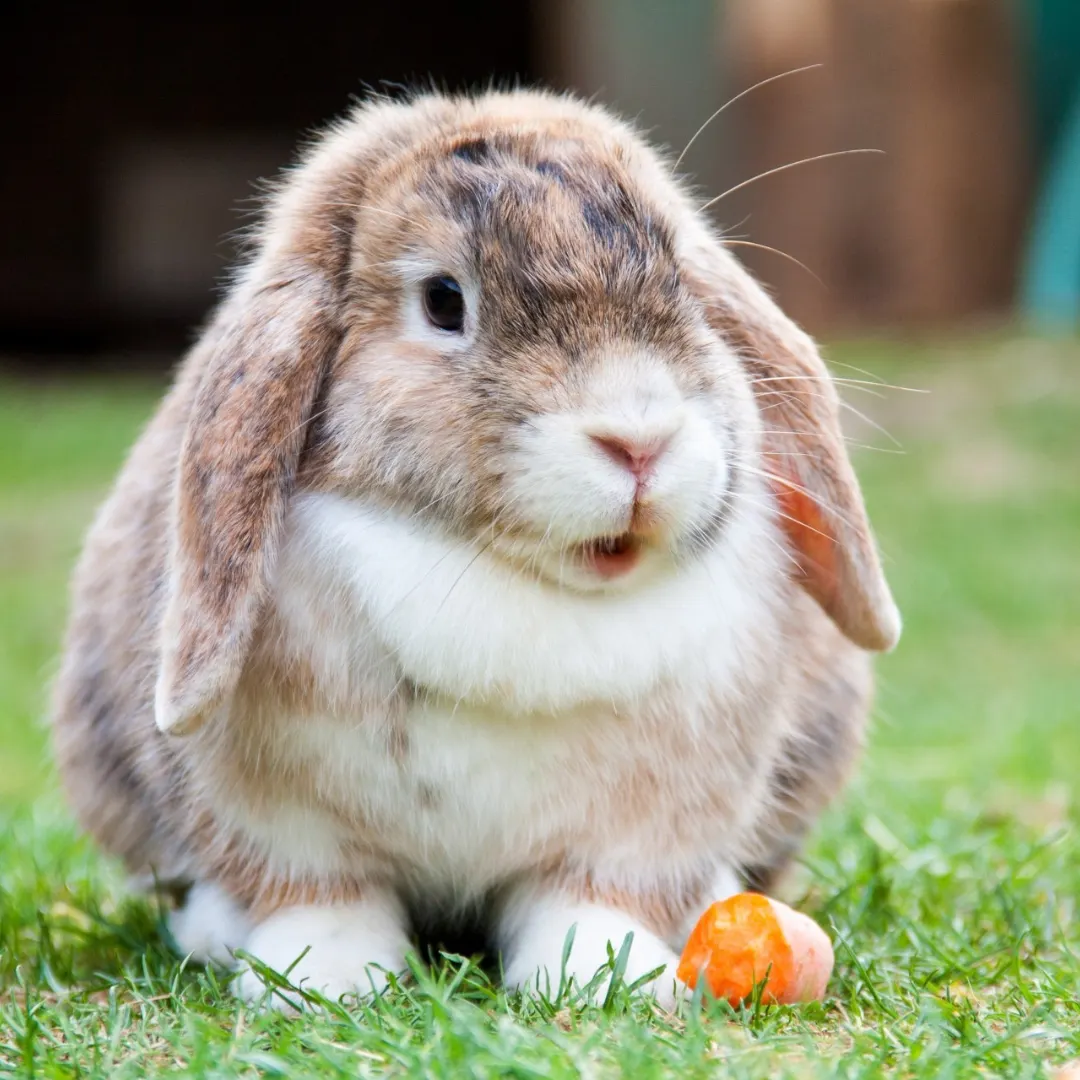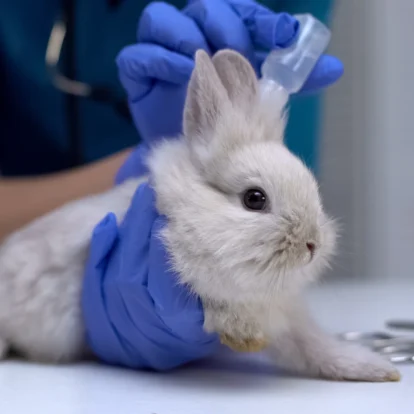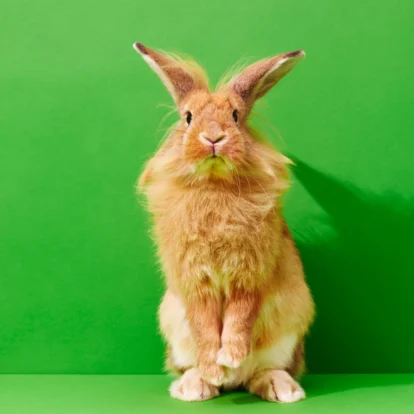Table of Contents
Introduction
Ever stumbled down a rabbit hole (pun intended 🐇) of curiosities and found yourself pondering, “Are rabbits rodents?” I sure have! It’s a question that’s popped into my mind more than once, especially during those long, lazy afternoons spent watching my pet rabbits do their adorable shenanigans.
This blog post is all about unraveling this mystery, exploring why many folks, including myself at one point, might lump rabbits together with our other tiny, whiskered friends like guinea pigs and hamsters.
Now, rabbits generally share a few evident characteristics with most rodents—those twitchy noses, the constant need to gnaw, and, of course, an exclusively herbivorous diet. They munch on plant material with a vigor that’s both fascinating and, frankly, enviable. But is that enough to declare them members of Team Rodent? Spoiler alert: There’s more to these fluffy bundles of joy than meets the eye!
Our journey will leap through the common ancestor conundrum, hop over to South America to glance at a few other species, and compare social behaviors that distinguish rabbits as very social animals, unlike most rodents. Yes, rabbits love company, be it other pets or their human pals, showing off their unique personalities and acrobatic prowess on their strong hind legs—a feature uncommon among their rodent cousins.
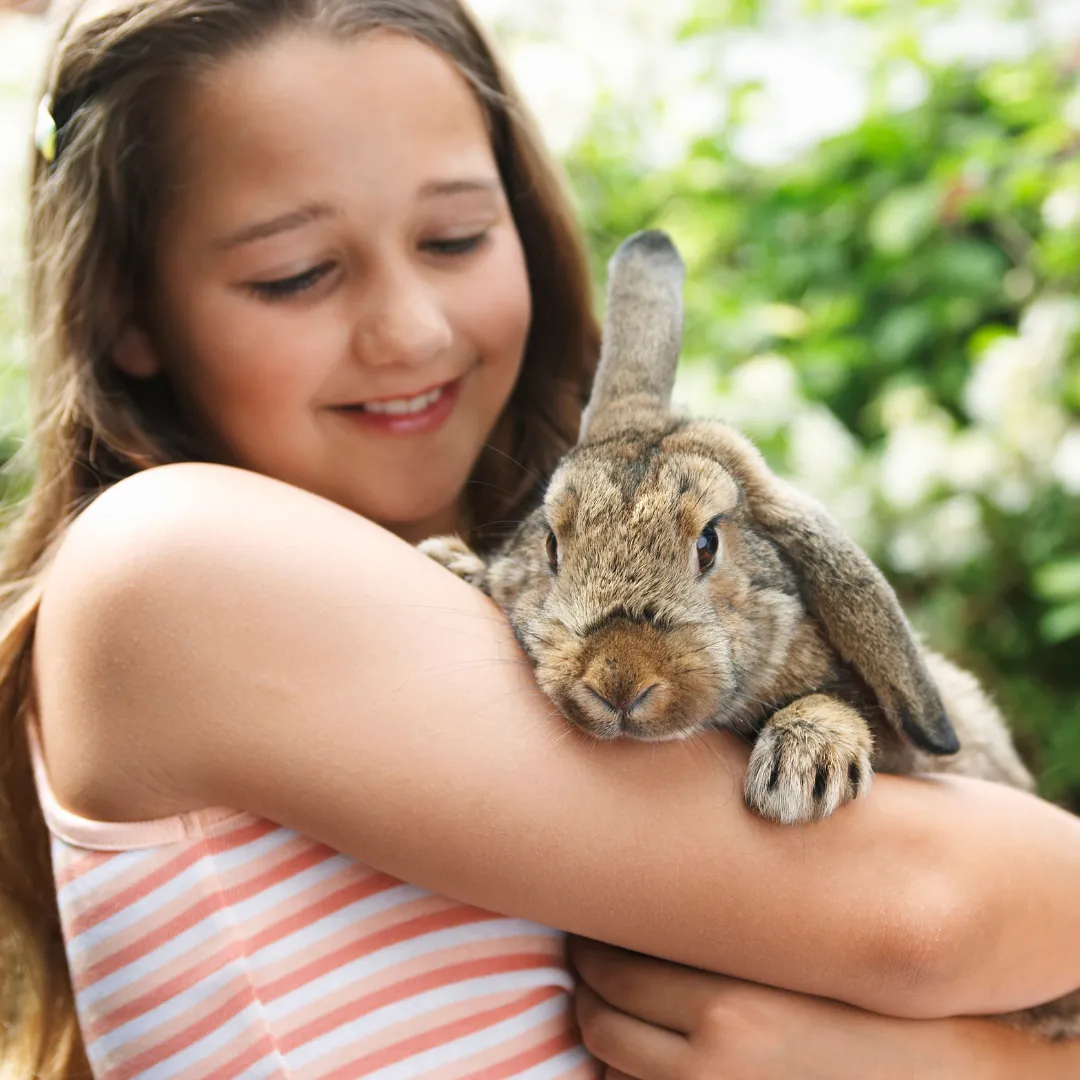
Stay tuned as we explore these distinctions further. The next time someone asks if pet rabbits are rodents, you’ll have the answer and a handful of fascinating facts to share about our long-eared companions.
Are Rabbits Rodents?
TL;DR: Nope, rabbits are not rodents. Let’s hop into the details! 🐰
Rabbits belong to the Lagomorpha order, which separates them from rodents due to several key differences in their physical and biological makeup.
Being a parent to both rabbits and what we typically think of as ‘rodents’ (like hamsters and guinea pigs), I’ve had the unique opportunity to observe their differences up close and personal. While they share some superficial similarities, such as being small mammals with a penchant for fresh grass, the differences are pretty distinct once you get into the nitty-gritty of their anatomy and behavior.
Teeth Structure 🦷
The first thing that sets rabbits apart from rodents is their teeth. Both groups are obligate herbivores, which means they essentially eat plants. Still, the structure of their teeth reveals one of their fundamental differences.
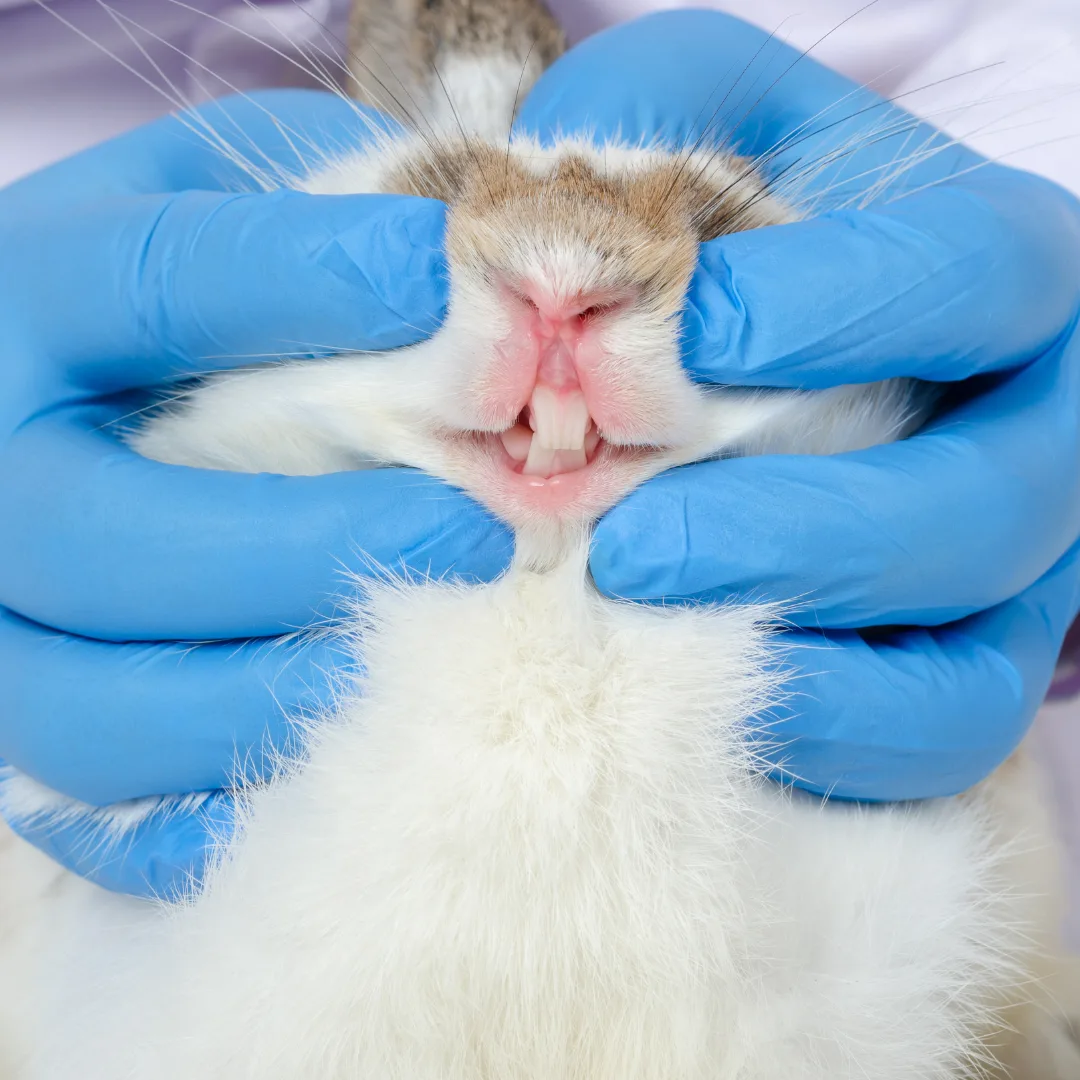
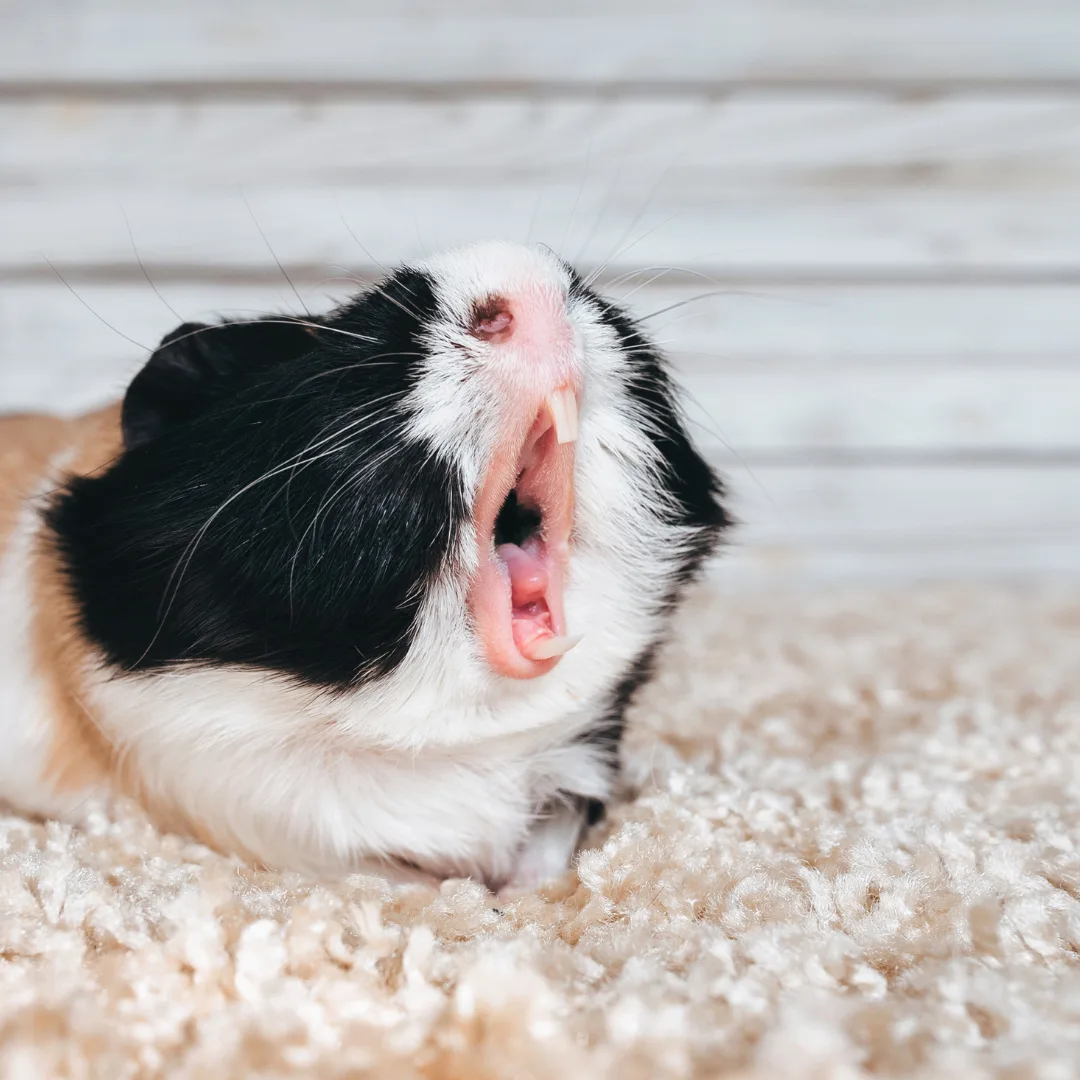
Rabbits have four incisor teeth in the upper jaw, not just two like rodents. The extra set, called peg teeth, sit right behind the large front incisors and are a unique feature of rabbits and other lagomorphs. This dental setup aids in their ability to cut through tougher plant materials. Rabbit incisors grow continuously, and without proper care, they can lead to severe dental problems.
Digestive System 🌿
Another key difference lies in their digestive systems. Rabbits have a very specialized digestive system that allows them to process a more varied diet, including many items that would cause nutritional imbalance in rodents.
This system includes a large intestine and a cecum that ferment indigestible fibers, turning them into vital nutrients. Coprophagy, the consumption of soft poop directly from the anus, allows rabbits to re-digest these nutrients, a process not observed in my hamsters or guinea pigs. This critical aspect of a rabbit’s diet ensures they get essential vitamins and minerals.
Reproduction 🐇
When it comes to making baby bunnies, rabbits also show significant differences from their rodent cousins. Rabbits generally have a shorter gestation period than many rodents. They can give birth to a more substantial number of young per litter. One of my rabbits once had seven fluffy kits, while my guinea pig’s largest litter was only four. Rabbits live to socialize and thrive in company, contributing to their prolific nature.
Diet and Nutrition 🥗
Rabbits require a fiber-rich diet, including a significant amount of fresh grass or hay, which constitutes most of their diet. This is in sharp contrast to rodents, which can have a more varied diet, including seeds, fruits, and sometimes protein from animal sources. The rabbit’s digestive tract is designed to process large amounts of fiber, helping prevent issues like GI stasis, which can be life-threatening.
From skeletal features like short tails and long ears to the intricate workings of their digestive and reproductive systems, rabbits and rodents may share some superficial similarities, but they are indeed distinct animals.
If you’re considering bringing a new pet into your home, understanding these differences can help you provide the best care for your small mammal friend, whether a rabbit or another lovely creature.
The Evolution of Rabbit Classification
Believe it or not, rabbits and rodents were once considered part of the same family tree. This idea started way back in the day when all small, scurrying creatures with twitchy noses and a penchant for gnawing were lumped together.
Initially, because of their similar dietary habits and physical features—like those sharp front teeth everyone notices—rabbits were mistakenly believed to be close kin to rodents. At first glance, who wouldn’t think that a male rabbit, with his longer ears and penchant for digging, wasn’t just a slightly odd-looking member of the rodent crew?
A Shift in Science 🧬
As science progressed, especially with the advent of more sophisticated genetic testing, it became clear that rabbits are not rodents at all.
In the early 20th century, taxonomists finally recognized rabbits (and their other lagomorph cousins) for what they truly were, placing them in their own distinct group. Turns out, rabbits, along with their relatives like the pika family, belong to the order Lagomorpha, which is a fancy way of saying they’re similar to, but not quite the same as, rodents
A Rabbit’s Life 🌿
When we discuss individual rabbits, it’s fascinating to note their behaviors and physiological features. The European rabbit, the ancestor of most domestic rabbits, shows some remarkable traits geared towards survival. A female rabbit, for instance, can produce multiple litters a year, helping ensure the species’ survival.
And have you noticed how a rabbit’s longer ears aren’t just for show? They serve to detect sounds from far away, helping them avoid predators, alongside their incredible ability to sprint quickly back to their burrows.
Lastly, isn’t it cool how rabbits are now recognized for what they are? From being considered rodents to standing proud in their own mammal order—alongside other fascinating creatures like those in the mammal order Eulipotyphla (which includes hedgehogs and moles)—rabbits have carved out their unique place in the animal kingdom.
Next time you watch your pet rabbit munching peacefully on some hay, remember that you’re looking at a little evolutionary marvel, a distinct member of the animal kingdom with a fascinating backstory.
My Insights on Rabbit-Rodent Differences
Having both rodents and rabbits under my roof has been an enlightening experience. For instance, while both my guinea pigs and rabbits enjoy munching on hay, their interactions with their environment and us, their human family, differ.
Rabbits live, for example, with a bit more curiosity and boldness, often venturing further away from their comfort zones to explore. They also tend to have a fondness for soft black pellets (night feces), which they re-ingest as part of their natural behavior to maximize their nutrient intake. This is something you’d typically not find in rodents.
Healthcare routines also vary; while my rodents are pretty straightforward, requiring minimal vet visits, my rabbits need routine physical examinations to check for any issues related to their peg-like teeth or digestive system. The rabbits’ dental care is especially crucial due to their continuously growing teeth, a trait shared with their rodent cousins, yet with distinct differences in the details, such as the shape and function of these peg-like teeth.
Regarding my personal insights into their personality traits, each of my pets showcases its unique persona. Some of my rabbits, for example, are incredibly affectionate, loving nothing more than snuggling into cotton towels after a long day. This sight never fails to warm my heart. On the other hand, my rodents exhibit their affection differently, often being more playful and cheeky in their interactions.
Wrapping Up
Are rabbits rodents? This is a question I’ve encountered more times than I can count, particularly from friends and family who’ve come to visit my unique mix of furry companions. 🐰💭 But, as a proud parent of adorable rodents (think hamsters and guinea pigs) and a group of charming rabbits, I can clarify that rabbits are not rodents.
Rabbits are classified under a different family known as lagomorphs, which includes other lagomorphs like hares and pika. This distinction might seem small, but it’s quite significant when noticing the subtle differences in their behaviors and personality traits.
In conclusion, while the query “Are rabbits rodents?” can spark initial confusion, understanding the distinct nature of rabbits versus rodents reveals the rich tapestry of the animal kingdom. And living with both has taught me to appreciate these wonderful creatures’ quirks, tendencies, and individual needs. 🐰🐹🐭🌈

